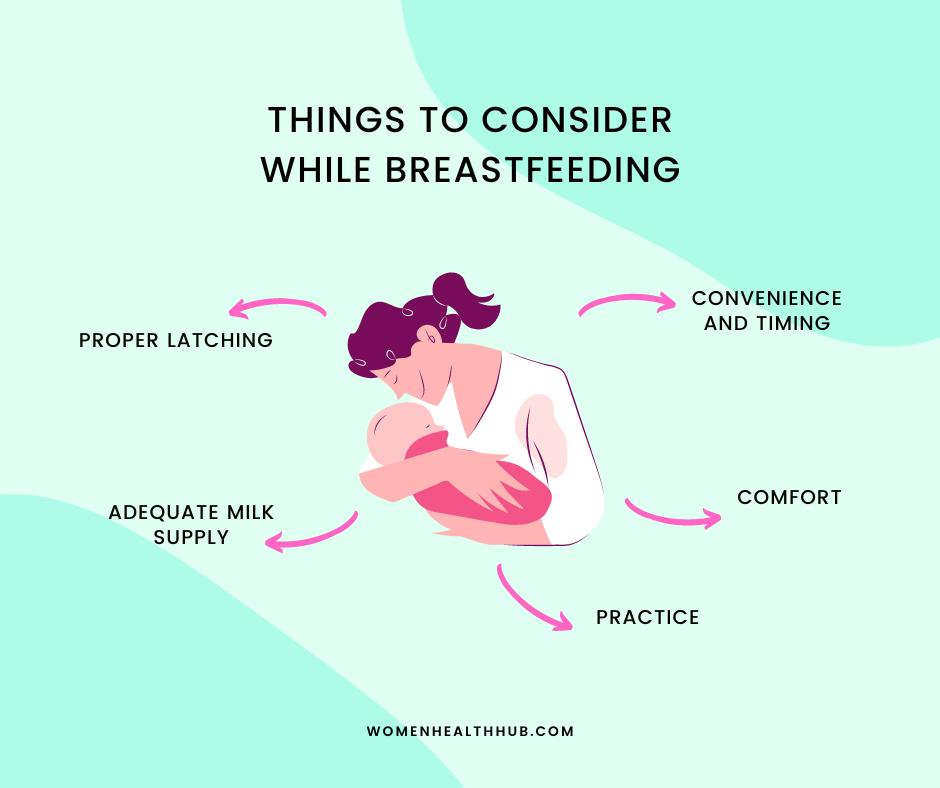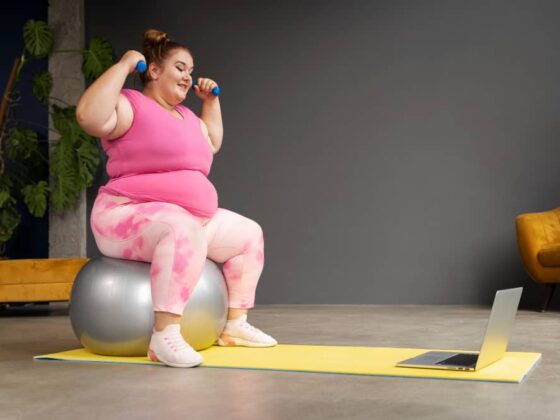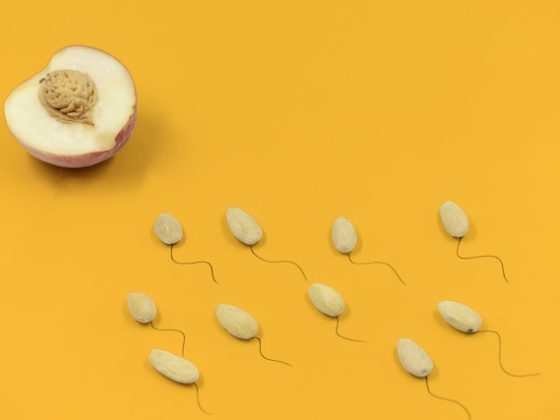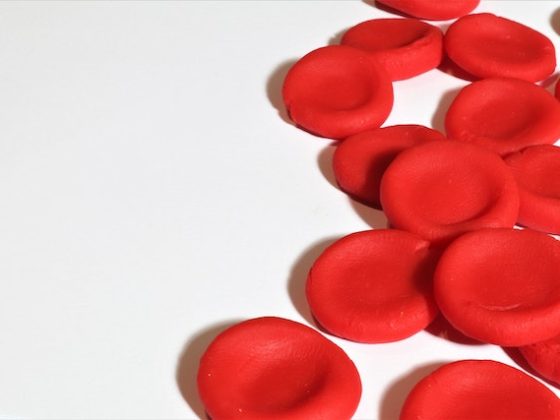Hey there! This post may contain affiliate links. As an Amazon Associate, I earn a teensy commission from qualifying purchases when you buy through these links (at no additional cost to you). For more info, please check the full disclaimer.
Most ‘how to’ brochures and flyers about nursing show a happy mom cradling a calm suckling baby in various popular breastfeeding positions. But the reality for most mothers is a crying, fussy child, unable to latch correctly, resulting in a painful and frustrating experience for both the child and the mother.
Contrary to general belief, breastfeeding doesn’t come naturally to mothers. As a mom to a newborn, you may have to try out various positions, practice the techniques, and need professional guidance.
You may also need time to determine the most comfortable method for you and your little one.
In this blog, you’ll learn about the best breastfeeding positions for moms, their techniques, and their benefits.
What is Breastfeeding?
Breastfeeding or chestfeeding is the process of feeding a baby milk produced by the mother’s breasts. The baby latches onto the breast and suckles stimulating the production of milk in the mammary glands of the mother.
The World Health Organization (WHO) recommends initiating exclusive breastfeeding within an hour of giving birth and continuing for at least six months during motherhood.
Breastmilk is the perfect blend of all essential nutrients required for the baby’s growth. A yellowish liquid called colostrum is produced for the first two to four days after birth.
Research shows that breastmilk is rich in antibodies and builds up the immune system of the baby. If breastfeeding is continued, the supply of breast milk increases to support the growth of the baby.
In addition, breastfeeding increases the skin-to-skin contact between the mother and child, which releases oxytocin and improves the mother-baby bond.
Read More: 9 Reasons Why Coconut Water is Safe During Pregnancy
Things to Consider While Breastfeeding
While most mothers admit that breastfeeding is a joyous experience, they can also agree it takes time and practice to achieve this bliss. Some factors to consider when choosing popular breastfeeding positions for a comfortable nursing experience are:
- Optimal Latch
Breastfeeding positions significantly impact your baby’s ability to latch onto the breast. Proper positioning ensures a deep latch for adequate milk transfer and prevents issues like low milk supply or painful breastfeeding.
- Better Milk Supply
A perfect latch efficiently drains the milk ducts of mammary tissues. Milk production depends on the milk quantity being drained from the breast tissues. An efficient milk flow prevents clogged ducts and maintains an adequate supply.

- Painful Breastfeeding
Trying out various popular breastfeeding positions enables the baby to latch correctly. A poor latch can cause nursing problems like painful nipples, cracked nipples, engorgement, and blocked ducts.
- Better Comfort
Breastfeeding should be a relaxed experience for both you and the baby. Good positioning allows you to find a comfortable posture that reduces strain on your back, neck, and shoulders.
- Convenience
Practicing various popular breastfeeding positions is handy when dealing with a hungry infant while tackling daily chores. You can opt for the technique that accommodates your schedule and circumstances.
- Exclusive Breastfeeding
According to a study, those mothers are more likely to exclusively breastfeed their babies who practice various breastfeeding positions.
Read More: 5 Best At-Home Pregnancy Test Kits
What are the Most Popular Breastfeeding Positions?
Before starting breastfeeding, check that your baby is comfortable. Sit back and bring your baby to your breast (tummy to mummy). Ensure the baby’s body is straight, and the head is not tilted. Place support under your arm, and hope that the baby will latch.
However, if you have difficulty nursing your baby, remember that perfecting the breastfeeding method is a trial-and-error process. You can start by trying some of the best breastfeeding positions for new moms.
1. Cradle Hold

The cradle hold is one of the most popular breastfeeding positions. Hold the baby in your arm with the entire body facing you. Move the baby closer to your breasts, and help the baby latch. Make sure to support your arm with a pillow or an armrest, and if you are sitting, put your feet on a footrest to avoid straining your back.
The cradle hold is the traditional breastfeeding position, as it provides a better nursing experience and is quite comfortable for both the mother and the infant. In this position, your one arm will be free, and you can carry out chores, tend to other children, read a book, or scroll on your phone.
The cradle hold is not recommended for mothers with caesarian surgery as the baby is positioned close to the mother’s stomach. Cradle hold makes it difficult for some newborns to latch, so wait a few weeks before practicing this method.
2. Cross Cradle Hold

As the name suggests, in a cross cradle hold, the mother cradles the baby in the arm opposite to the nursing breast. If you wish to nurse from your left breast, hold the baby in your right arm, and guide the baby’s head with your right hand. Make a U-shaped hold with your left hand, and support the underside of your breast. Bring the baby closer to your chest and guide the baby’s mouth to your breast.
Cross cradle hold tops the popular breastfeeding positions for premature babies as they require extra head and neck support. In this hold, mothers have more control over the head of the baby and can maneuver the baby for better suckling. It is also a good practice for newborns and babies with latching difficulties.
Read More: 11 Tips to Prevent Birth Defects in Pregnancy
3. Laid-Back Hold

The laid-back hold is the most comfortable breastfeeding technique for mothers and their babies.
Lean back on pillows or recline on a comfy chair and lay the baby on you. Make sure the baby’s nostrils and mouth are not covered. The baby will be able to find your breast, or you can hold the breast and gently guide the baby’s mouth to it.
Laid back is among the most popular breastfeeding positions for first-time mothers because it triggers the natural feeding response of the baby. Many mothers prefer this position as premature babies and newborns find it easy to latch.
Plus, it’s convenient for mothers recovering from childbirth or those that struggle with muscle pain. According to a study, the laid-back hold decreases the complications associated with breastfeeding, nipple pain, and nipple trauma.
Read More: Impact of Drugs During Breastfeeding on Infants
4. Side-lying Hold

Side-lying hold is also recognized as one of the most popular breastfeeding positions.
Place the baby on a soft surface and remove all blankets and pillows near the baby. Make sure the baby’s back, legs, and head are in a straight line. Hold the baby close to your chest and support the baby’s back and neck with your arm or a pillow.
This hold is ideal for tired mothers who want to lie down while nursing. It is also one of the popular breastfeeding positions for nighttime feed, especially among mothers who co-sleep with their babies. Lactation experts also recommend the side-lying hold to mothers recovering from C-sections.
Avoid falling asleep before putting the baby in the crib, as it increases the risk of suffocation and sudden infant death syndrome (SIDS).
5. Rugby or Football Hold

For a football hold, put a nursing pillow on your side. Place the baby on the pillow under your arm. Ensure that the baby’s nose is level with the nipples of your breast. Hold your baby’s head and neck with your hand or the nursing pillow. Support your nursing breast with a C-shaped hold and guide the baby’s mouth to your breast.
Football hold dominates the list of popular breastfeeding positions for nursing twins. It keeps the baby away from the mother’s stomach and is recommended for mothers recuperating from C-sections. It also provides a better view of the baby and can be used to monitor infants with latching issues.
A study has shown that nursing mothers who practice the football hold technique have a lower probability of muscle aches than those who use the cradle and cross-cradle method.
Read More: Connection Between Alcohol and Breastfeeding
6. Australian or Koala Hold

For koala hold, sit up straight and place your baby on your lap. Keep one hand behind the baby to provide support. Ensure the baby’s body is straight, and gently guide them to your breast.
This is one of the popular breastfeeding positions for infants who cannot feed from other poses. Koala hold is more convenient than other methods and can be used when you are on the move.
Lactation experts recommend this position to babies with reflux and those with difficulty keeping their milk down. Mothers who find it challenging to hold older babies in one arm for long periods can also use this method.
7. Dangle Feeding
For dangle feeding, put your baby on a smooth surface, lay down, and lean over your baby, supporting your weight with your arms. Offer your nipple to your baby and let them latch.
Dangle feeding is one of the popular breastfeeding positions for mothers during nighttime feed. It’s also suggested for women with clogged milk ducts. While breastfeeding, you can gently massage the nursing breast to drain the ducts.
The Bottomline
Breastfeeding is a skill that most mothers perfect over time. Popular breastfeeding positions provide a diverse array of options to accommodate the unique needs of each baby and mother. There is no ideal technique for breastfeeding, as the right position can change as the baby grows.
Some popular breastfeeding positions include cradle hold, cross-cradle hold, and laid-back hold, all of which provide a series of advantages and can be adapted according to the comfort and feeding style of the baby.
Remember, the goal is to find the position that makes breastfeeding a beautiful experience!
References:
- https://pubmed.ncbi.nlm.nih.gov/34134521/
- https://pubmed.ncbi.nlm.nih.gov/37075644/
- https://pubmed.ncbi.nlm.nih.gov/36782308/
- https://pubmed.ncbi.nlm.nih.gov/35637105/








